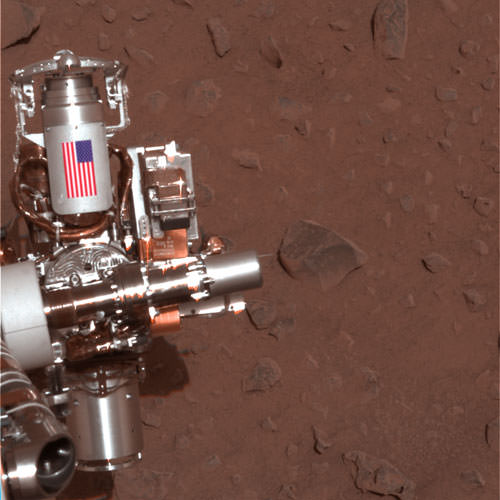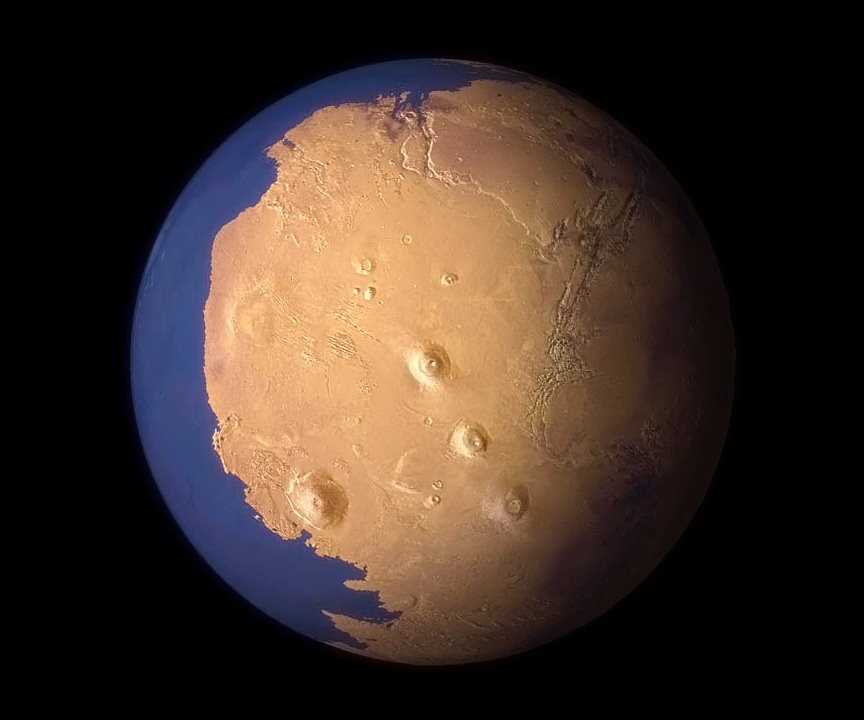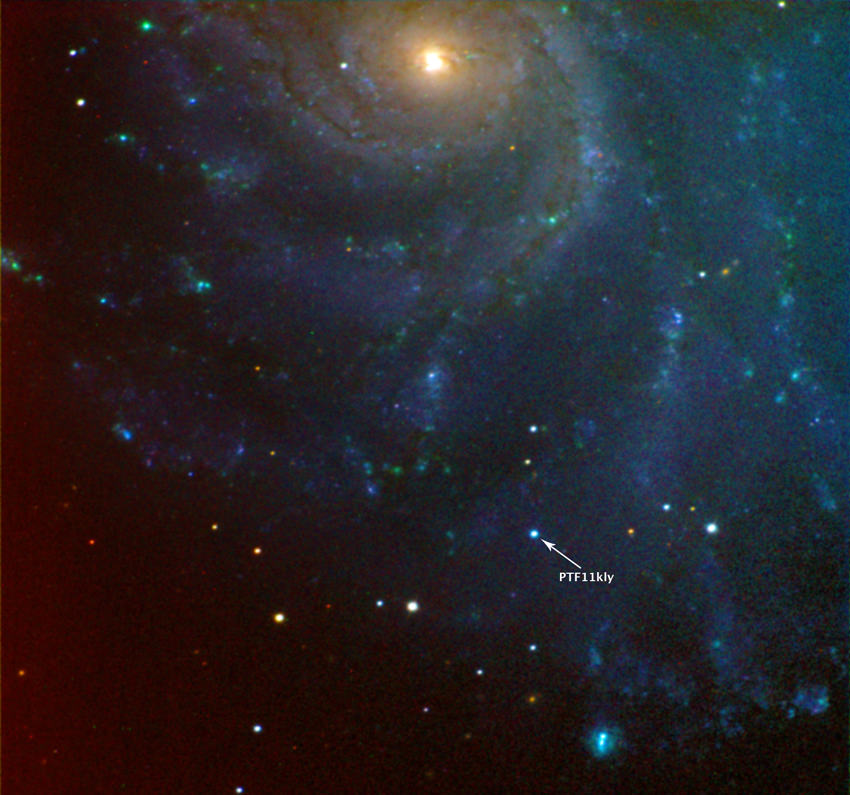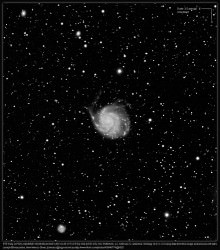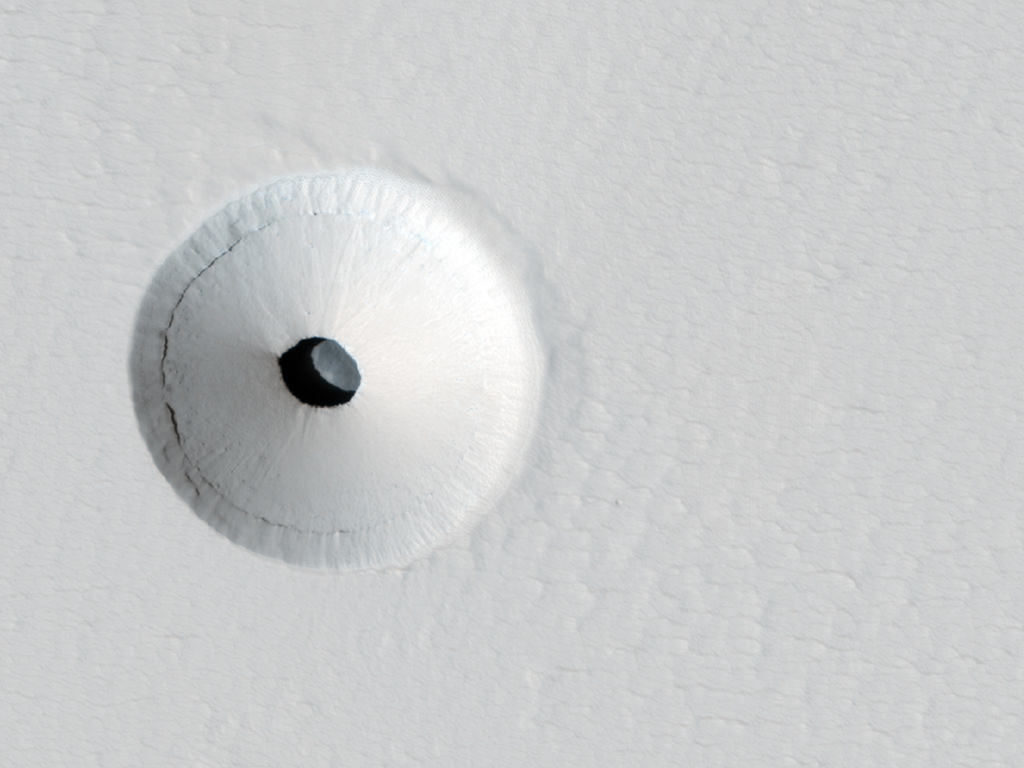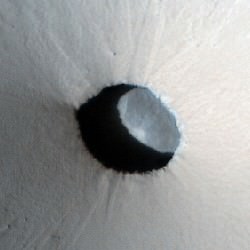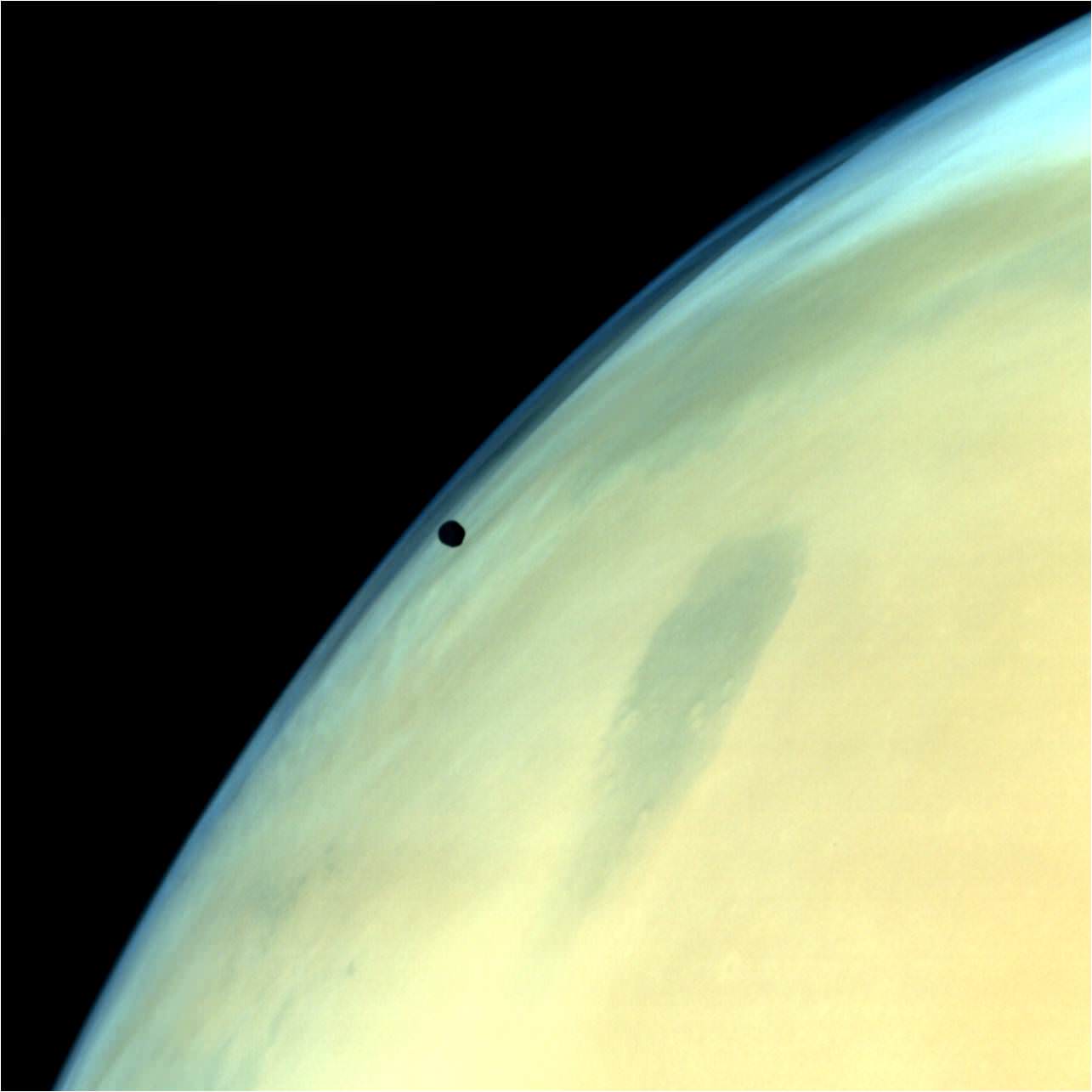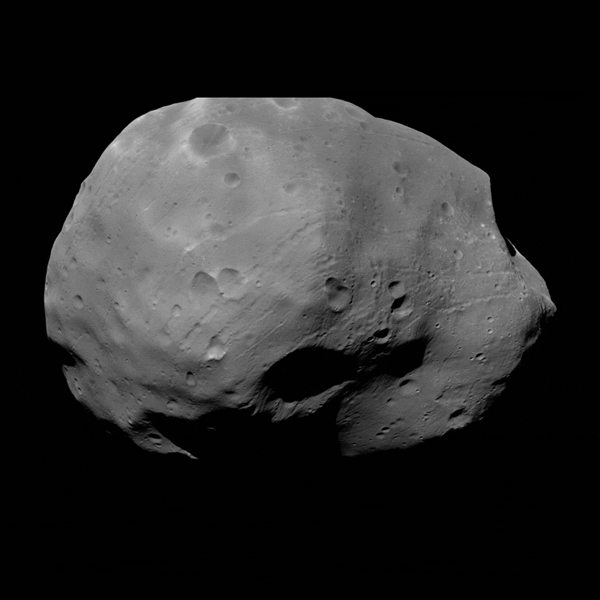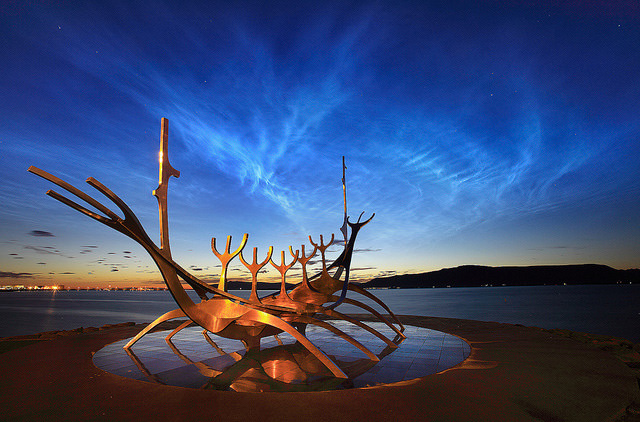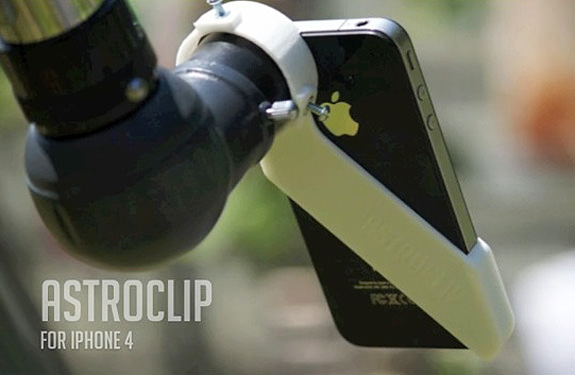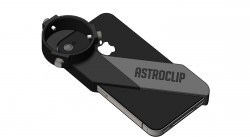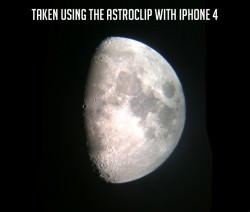The 2012 fiscal year appropriation bill, marked up today by the Senate, allows for continued funding of the James Webb Space Telescope and support up to a launch in 2018! Yes, it looks like this bird is going to fly.

The James Webb Space Telescope will be the premier observatory of the next decade, serving thousands of astronomers worldwide. It will study every phase in the history of our Universe, ranging from the first luminous glows after the Big Bang, to the formation of solar systems capable of supporting life on planets like Earth, to the evolution of our own Solar System. JWST will be a large infrared telescope with a 6.5-meter primary mirror.
Thanks to everyone who contacted their representatives and expressed their support of the JWST, to all the websites out there that made it particularly simple to do so, and of course to all the state representatives who stood behind the program and didn’t allow it to get mothballed. The space science community thanks you and the current and future generations of astronomers, physicists, cosmologists and explorers thank you.
“In a spending bill that has less to spend, we naturally focus on the cuts and the things we can’t do. But I’d like to focus on what we can do. The bill invests more than $12 billion in scientific research and high impact research and technology development, to create new products and new jobs for the future.”
– CJS Subcommittee Chairwoman Barbara Mikulski
In addition to continued funding for the telescope the 2012 bill also allots the National Aeronautics and Space Administration $17.9 billion (a reduction of $509 million or 2.8 percent from the 2011 enacted level) and preserves NASA’s portfolio balanced among science, aeronautics, technology and human space flight investments, including the Orion Multipurpose Crew Vehicle, the heavy lift Space Launch System, and commercial crew development.
In this tighter economy, all of the agencies funded under the bill are also called on to be better stewards of taxpayers’ dollars, and waste and overspending will be much more closely monitored.
Go JWST!
NOTE: While the JWST program has been specifically included in today’s markup, the bill itself still needs to be approved by the full appropriations committee and then go to the Senate floor for a vote. It then must be reconciled with the House version before receiving final appropriation. Still, this is definitely one step closer to getting the JWST off the ground! Read more on ScienceInsider here.
You can show your continued support for the JWST by liking the Save the James Webb Space Telescope Facebook page and – even more importantly – by contacting your congressperson and letting them know you care!

